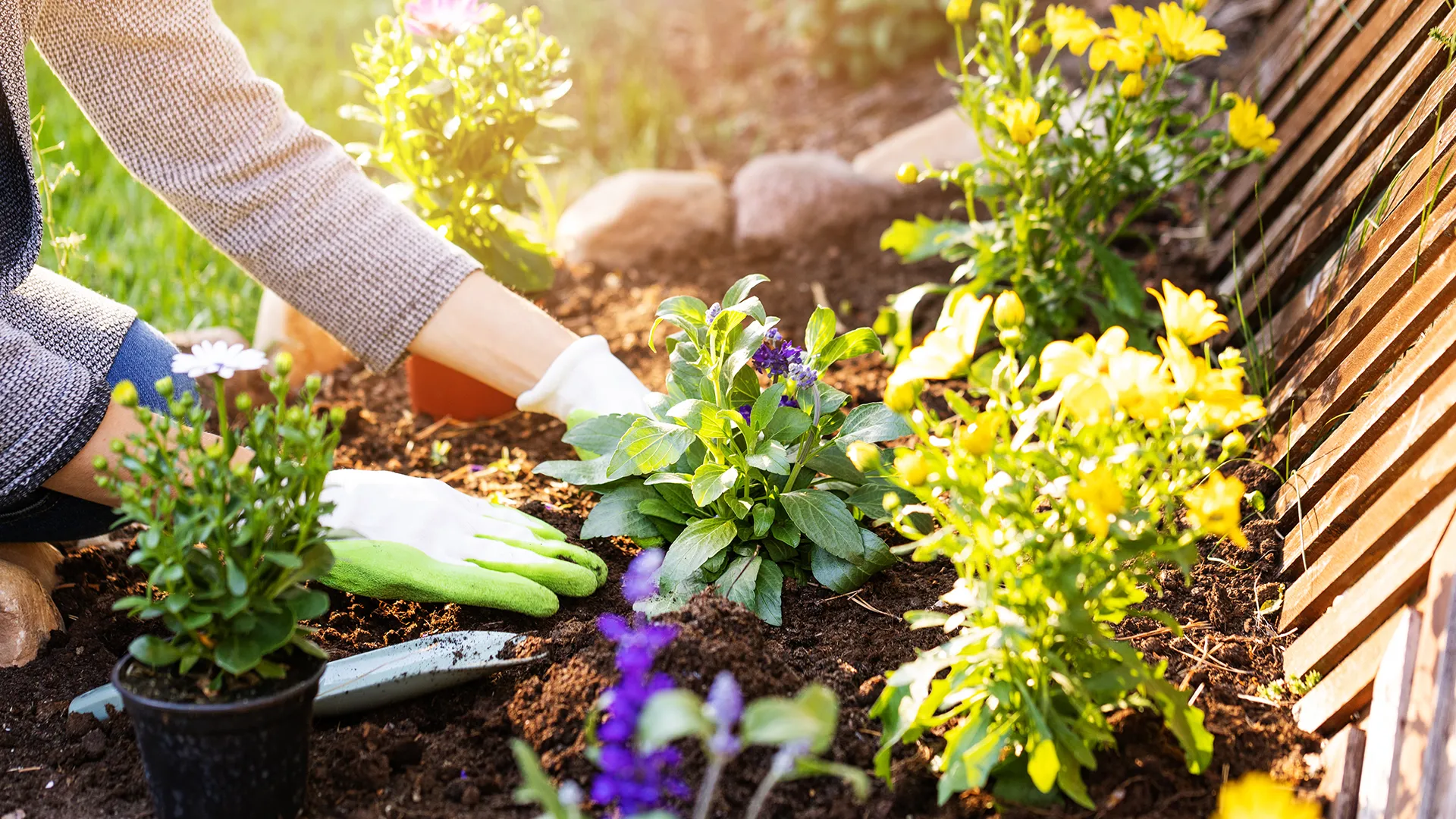Transplanting is the process of moving a plant from one location to another, whether it’s from a pot to a garden bed, from one pot to a larger pot, or from one garden bed to another. It’s a common gardening practice that requires careful handling to minimize stress on the plant.
Why Transplant?
- Bigger Pots: As plants grow, they may outgrow their current pots. Transplanting them into larger pots allows for further growth and development.
- Garden Beds: Transplanting seedlings or young plants into a garden bed allows them to establish themselves and mature in their permanent location.
- Division: Dividing overcrowded plants can rejuvenate them and create new plants.
How to Transplant
1. Choose the Right Time:
- Early spring or late summer are generally ideal times for transplanting, as the weather is mild and the plants are actively growing.
- Avoid transplanting during extreme heat or cold.
2. Prepare the New Location:
- Ensure the new location has adequate sunlight, drainage, and soil fertility.
- If transplanting into a pot, choose a pot that is slightly larger than the plant’s root ball.
- If transplanting into a garden bed, prepare the soil by removing weeds and adding compost or other organic matter.
3. Carefully Remove the Plant:
- Gently loosen the plant from its pot or the ground, taking care not to damage the roots.
- If the plant is root-bound, gently tease apart the roots.
4. Plant the Plant:
- Place the plant in the new location, ensuring it is at the same depth as it was previously.
- Backfill the soil around the roots and gently firm it down.
- Water the plant thoroughly.
5. Provide Aftercare:
- Water the transplanted plant regularly, especially during dry periods.
- Monitor the plant for signs of stress, such as wilting or yellowing leaves.
- Shade the plant from direct sunlight, especially during the hottest part of the day.
- Fertilize the plant as needed to promote growth and recovery.
By following these steps and providing proper aftercare, you can successfully transplant your plants and ensure their continued health and growth.



